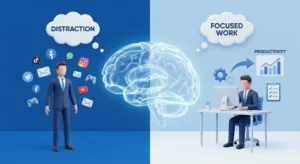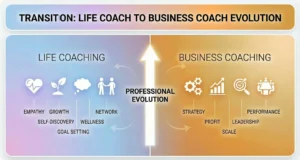Change is inevitable in every organization, whether it’s adopting new technology, entering fresh markets, or restructuring teams. For employees, change often brings uncertainty, fear, and resistance. This is where leadership makes the difference between chaos and growth.
A leader’s role is not just to manage processes but to inspire confidence, create clarity, and guide teams with resilience. Effective leadership during change transforms potential disruption into a springboard for innovation, engagement, and long-term success.
In this article, we’ll break down seven core strategies for leading through change, explore the benefits of strong leadership, highlight common challenges leaders face, and share practical tips to keep teams motivated and adaptable.
Core Strategies for Effective Leadership During Change
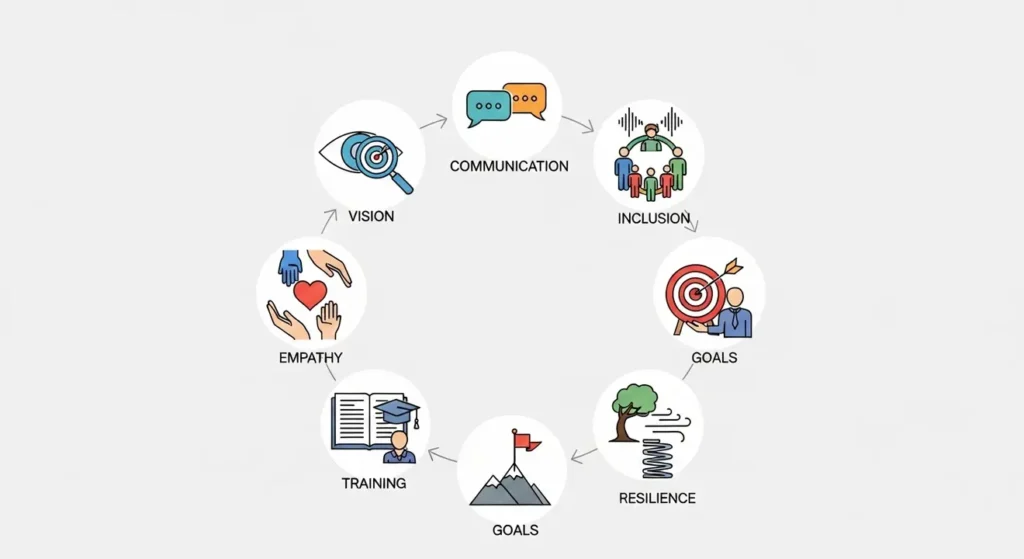
Leading a team through change is one of the toughest tests of leadership. Uncertainty can create fear, resistance, and confusion but with the right strategies, change becomes an opportunity for growth. Effective leaders guide with vision, empathy, and clear communication, helping teams adapt with confidence and resilience.
Establish a Clear Vision and Purpose
A clear vision acts as a compass in uncertain times. Employees need to understand the “why” behind the change, whether it’s to improve efficiency, stay competitive, or unlock new opportunities. A well-defined purpose aligns everyone and turns confusion into direction.
Tip: Reinforce your vision consistently during meetings, emails, and one-on-ones so the team feels grounded and motivated.
Communicate Transparently and Consistently
Uncertainty thrives in silence. Transparent communication, even about unknowns, reduces rumors and builds trust. Keeping employees informed creates a culture of honesty where challenges are openly addressed instead of ignored.
Tip: Schedule weekly updates and encourage two-way communication so employees feel included, not left in the dark.
Foster an Inclusive Environment
Inclusion fosters ownership. When employees are invited to share ideas and feedback, they feel valued and invested in the outcomes. This not only boosts morale but also uncovers creative solutions leaders may overlook.
Tip: Hold brainstorming sessions where everyone can contribute, ensuring diverse perspectives are part of the decision-making.
Lead with Empathy and Adaptability
Change impacts people differently. Leaders who show empathy acknowledge these feelings, while adaptability ensures that strategies evolve as new challenges arise. Together, empathy and flexibility strengthen trust and reduce resistance.
Tip: Regularly check in with employees to understand their concerns and adjust your approach as needed.
Empower Teams with Resources and Training
Change often demands new tools, systems, or skills. Without resources, even motivated teams can struggle. Leaders who provide training and support empower their teams to embrace change with confidence.
Tip: Conduct a needs assessment to identify gaps and deliver targeted resources to equip your team effectively.
Set Short-Term Goals and Celebrate Wins
Large-scale change can feel overwhelming. Breaking it down into smaller milestones makes progress visible and achievable. Celebrating small wins fuels motivation and reminds employees that their efforts matter.
Tip: Recognize progress publicly in team meetings to reinforce collective achievement.
Demonstrate Resilience and Positivity
Leaders set the tone. Your resilience during setbacks shows the team how to respond when things get tough. Positivity doesn’t mean ignoring difficulties; it means focusing on solutions instead of problems.
Tip: Share personal stories of overcoming obstacles to model optimism and perseverance.
Benefits of Effective Change Leadership
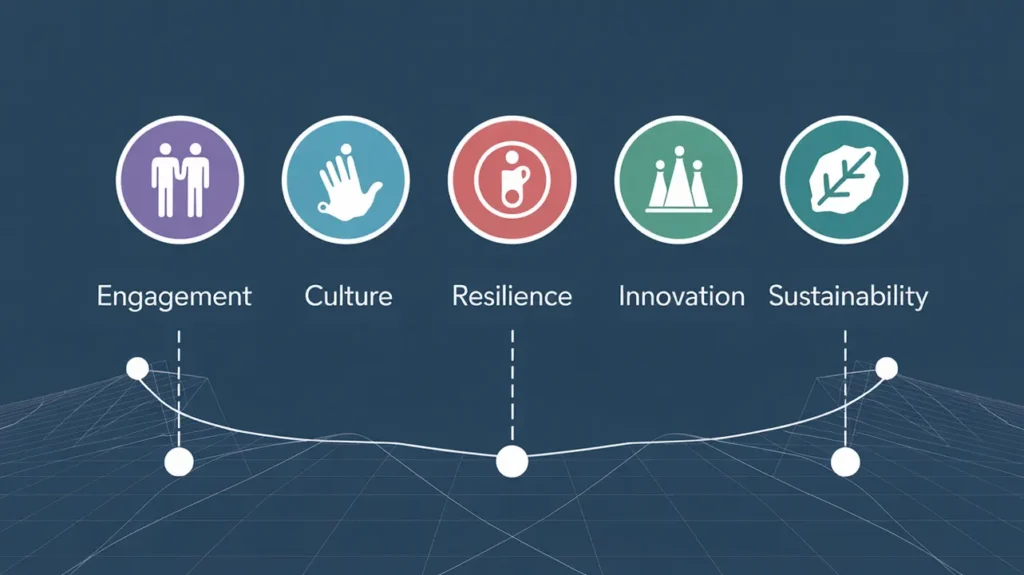
Effective leadership during change goes beyond managing transitions; it shapes how employees feel, adapt, and perform. When leaders provide clarity, empathy, and support, teams grow stronger instead of resisting. These benefits not only ease the current shift but also set the stage for long-term organizational success.
Enhanced Employee Engagement
When leaders communicate openly and include employees, engagement rises. Teams feel valued and committed to organizational goals.
Strengthened Organizational Culture
Inclusive leadership fosters trust and collaboration. Over time, this strengthens a culture that embraces change instead of fearing it.
Improved Change Resilience
Equipped with adaptability, employees become more capable of facing future transitions confidently.
Greater Innovation
Encouraging diverse ideas during change creates opportunities for fresh solutions and creative problem-solving.
Long-Term Sustainability
Strong leadership during change lays the foundation for healthier, more collaborative organizations that thrive in the long run.
Challenges Leaders May Face During Change
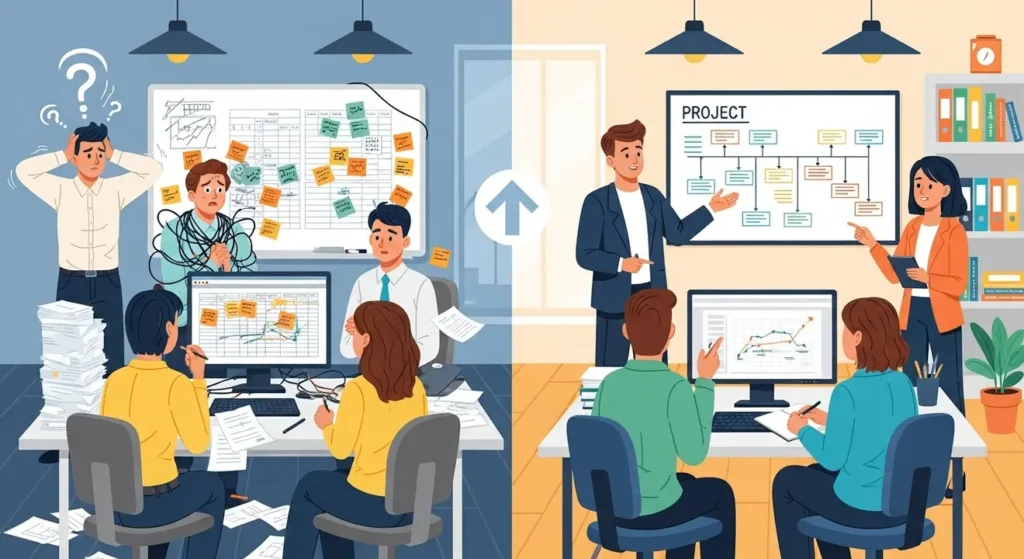
Change is rarely a smooth process, and even the most skilled leaders encounter obstacles when guiding their teams through transitions. From resistance fueled by fear of the unknown to communication gaps and limited resources, these challenges can quickly derail progress if not handled effectively.
Understanding these common hurdles and knowing how to address them with empathy, strategy, and resilience helps leaders turn potential roadblocks into opportunities for growth and stronger team alignment.
Resistance to Change
Resistance is one of the most common hurdles leaders encounter. Employees may worry about losing their jobs, adapting to new systems, or failing to meet new expectations. This fear of the unknown can create pushback, rumors, and negativity that slow down progress.
Solution: Leaders can ease resistance by practicing empathy and maintaining open communication. Listening to concerns, addressing fears honestly, and clearly explaining the benefits of the change helps employees feel included rather than forced into transition.
Resource Constraints
Organizational change often requires additional resources, whether financial, technological, or human. Limited budgets, tight deadlines, or staff shortages can create stress and make teams feel overwhelmed. Without proper support, even well-planned initiatives may stall.
Solution: Leaders should prioritize high-impact actions, focusing on areas that bring the greatest return. Phased rollouts, cross-training staff, and reallocating resources strategically can help manage limitations while still achieving meaningful progress.
Communication Breakdowns
When updates are inconsistent or unclear, confusion spreads quickly. Misunderstandings, misinformation, or mixed messages can lead to frustration, mistakes, and disengagement across the team.
Solution: Establishing centralized communication channels, such as weekly updates, dedicated project dashboards, or town hall meetings, ensures everyone receives accurate and consistent information. Routine check-ins provide opportunities to clarify details and answer questions.
Decline in Engagement
Change fatigue can set in when employees feel overloaded by constant shifts or unclear expectations. This often results in declining motivation, productivity, and morale.
Solution: Leaders can sustain engagement by recognizing employee contributions, celebrating small wins, and maintaining ongoing dialogue. Creating opportunities for feedback and highlighting progress helps teams feel their efforts are valued and impactful.
Key Takeaways
- Clarity builds confidence: A clear vision and transparent updates reduce uncertainty.
- Empathy fuels trust: Understanding employee experiences keeps morale strong.
- Resources empower action: Training and tools help employees adapt effectively.
- Celebrating progress sustains momentum: Recognition prevents burnout.
- Resilient leaders inspire resilience: Positivity and adaptability spread throughout the team.
Conclusion: Leading Change as a Catalyst for Growth
Organizational change can feel disruptive, but with the right leadership, it becomes an opportunity for transformation. Leaders who communicate with clarity, lead with empathy, and empower their teams create workplaces where resilience and innovation thrive.
By applying these strategies, challenges turn into stepping stones and employees see change as growth, not fear. Ultimately, leadership is not just about navigating uncertainty; it’s about shaping a future where both the organization and its people flourish.
FAQs
Why is effective leadership crucial during change?
Effective leadership provides stability, direction, and reassurance during uncertain times. When leaders communicate clearly and demonstrate resilience, employees feel supported and more willing to embrace change.
How can leaders keep team morale high during transitions?
Leaders can boost morale by celebrating progress, recognizing individual contributions, and involving employees in decisions. This approach creates a sense of belonging and keeps motivation strong throughout the transition.
What challenges do leaders often face during change?
Leaders commonly face resistance, resource limitations, communication gaps, and employee disengagement. Addressing these with empathy, transparency, and consistent updates helps maintain trust and momentum.
How can leaders encourage adaptability among their teams?
Adaptability grows when leaders model flexibility, provide the right tools and resources, and create safe spaces for feedback. This empowers employees to embrace new approaches and drive innovation.
What is the benefit of setting short-term goals during change?
Short-term goals make progress visible and achievable. They reduce overwhelm, keep teams energized and allow leaders to celebrate small wins that build momentum for long-term success.



